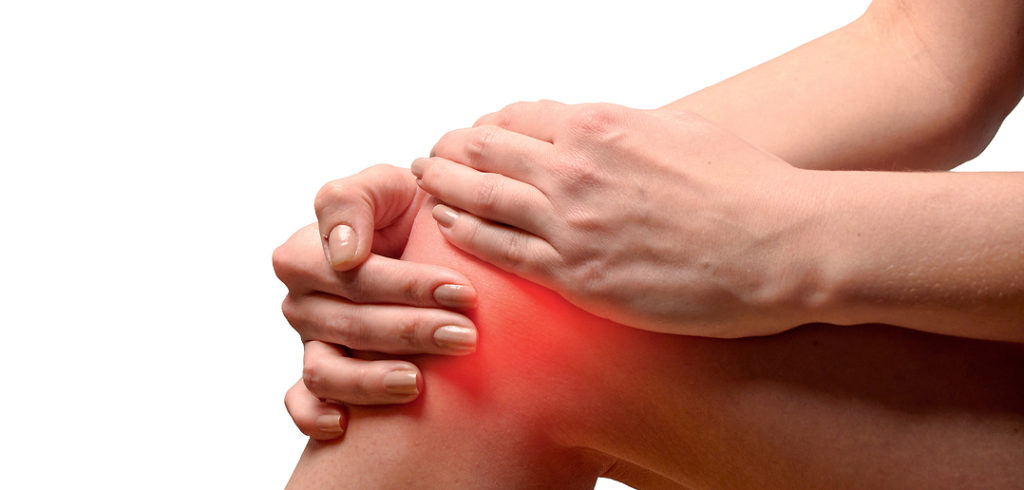Treatment Options for Common Knee Injuries
Recovering From A Traumatic Injury

The first few days after an injury are crucial. You should treat your injury with the R.I.C.E principle (Rest, Ice, Compression, Elevation). Ice, compression and elevation will help with controlling the amount of swelling that occurs from your injury.
There has been recent information on social media regarding the effectiveness of ice on acute injuries, although inflammation after an injury is important, too much can cause damage to other surrounding tissues, and cause pain. Ice will help to reduce swelling and pain. In regards to the rest principle, it means avoiding painful activities but continuing to move the knee is important to maintain your range of motion.
With an overuse injury, rest is important but proper rest is the key. Rest does not mean stop from being active or moving but making sure you are resting from any activity that increases or promotes your pain. Limiting the activity that promotes your pain will decrease the overall irritation to your knee which will allow you to better rehabilitate your injury.
Rest is the first step in recovery from a knee injury for the first few days, the second most important step is enlisting in a trusted healthcare professional to assess and properly diagnose your injury. This is where your rehabilitation truly begins.
Treatment & Rehabilitation
In regards to treatment and rehabilitation of your injury, there are a number of different treatment options which can aid in your recovery.
1. Pain Relief & Swelling Control
This can include ultrasound therapy, TENS or IFC. These modalities are aimed at helping control swelling and decrease pain which will allow you to progress you rehabilitation.
Once the pain and swelling are controlled, beginning to increase your range of motion and strength are very important.
2. Increase Range Of Motion
At this time, your therapist will also be able to assess for any muscle imbalances, weaknesses or deficiencies which may have led to your injury using a functional assessment (eg. SFMA/selective functional movement assessment).
Treating and correcting movement deficiencies can help with your rehabilitation and also decrease the risk of re-injury. Adding those exercises in with your rehabilitation exercises will furtherer your recovery and help you return to activity as soon as possible.
3. Use Taping Or Bracing
Your therapist can also employ taping or bracing to assist with the recovery process. The tape or brace can help with stability but can also be used to provide the body with proprioceptive feedback or aid the muscle to function.
4. Allow A Professional Guide You Through Activities
Lastly, your therapist will be able to properly progress you through a return to sport or activity to decrease the risk of re-injury and assist you with future injury prevention.
The biggest mistake individuals make when trying to rehabilitate their injuries independently is too much rest and not enough activation. Rest alone is unlikely to heal your injury as injuries often happen for a reason. Unless the underlying factor that caused the injury is addressed, it is likely to be a lifelong problem.
If your injury is recurring or doesn’t improve over the first week, pop in to see your therapist! After all, we’re here to help!
Antonio Zenone
Physiotherapist, Trailside Physio


No Comments